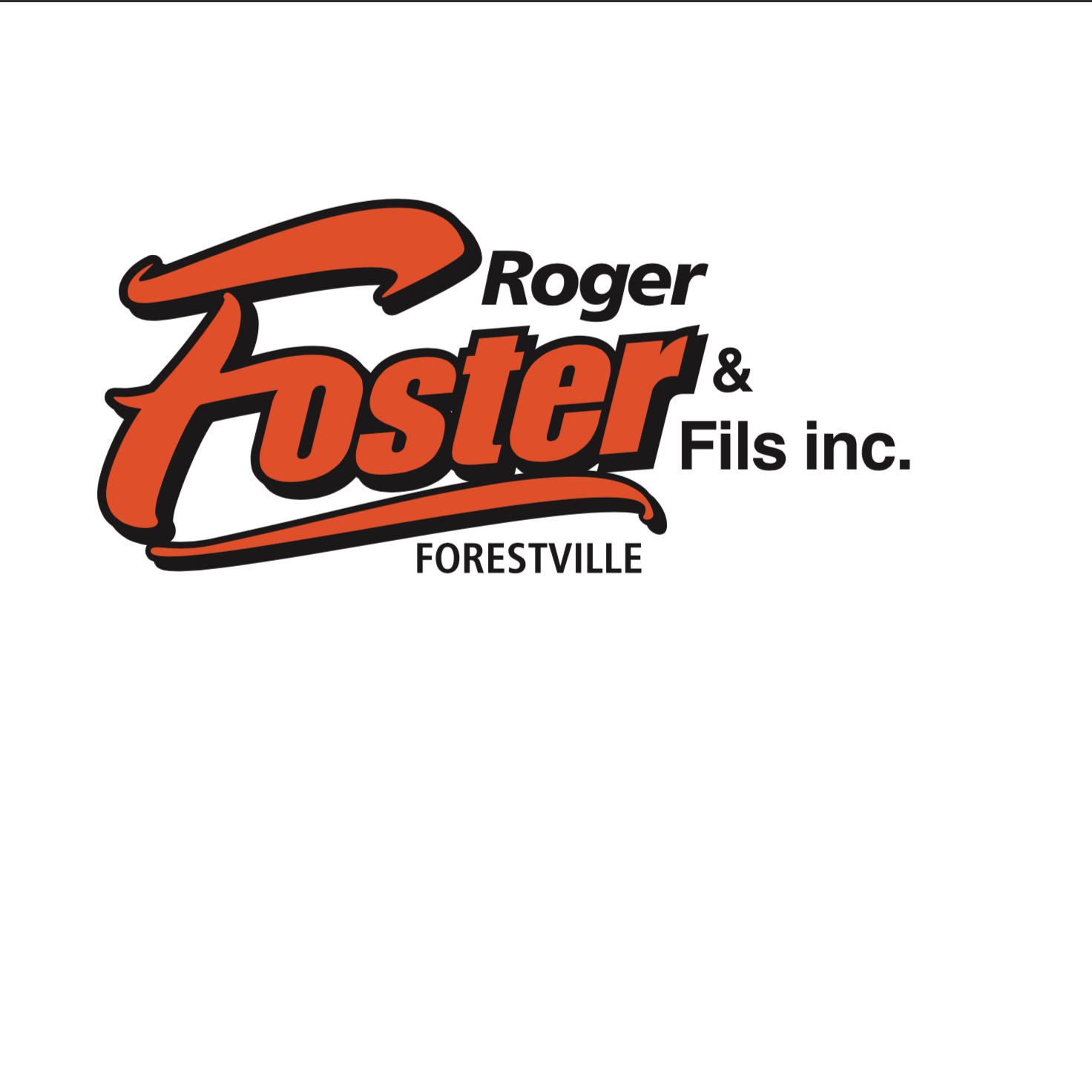Content

Note that the statement for Toulon Ltd. (shown earlier in the chapter) combines net income and total comprehensive income. Two statements would be prepared for IFRS companies that prefer to separate net income from comprehensive income. A second statement, called the statement of comprehensive income, would start with net income and include any other comprehensive income (OCI) items. The Wellbourn financial statement (shown in section 3.3 of this chapter) is an example of separating net income and total comprehensive income into two statements. Contrary to net income, other comprehensive income is income (gains and losses) not yet realized. It reflects income that cannot be accounted for by the income statement.
Stakeholders need to know how and where a company is generating revenue, and which costs are incurred along the way. Net income alone doesn’t give the full picture, but by including a statement of comprehensive income businesses can illuminate the smaller details. For ASPE companies using a multiple-step format, the statement of income would look virtually the same as the example for Toulon above and would include all the line items up to the net income amount (highlighted in yellow). As previously stated, comprehensive income is an IFRS concept only; it is not applicable to ASPE. The other revenue and expenses section is to report non-operating transactions not due to typical daily business activities. For example, if a company sells retail goods, any interest expense incurred is a finance cost, and is not due to being in the retail business.
What's Other Comprehensive Income?
Companies can choose whichever format best suits their reporting needs. Smaller privately held companies tend to use the simpler single- step format, while publicly traded companies tend to use the multiple-step format. When condensed formats are used, they are supplemented by extensive disclosures in the notes to the financial statements and cross-referenced to the respective line items in the statement of income. The statement of comprehensive income contains those revenue and expense items that have not yet been realized.
The accounting period in question can be whatever company leaders choose to look at. Reports are generated for those periods so they can see how the business is doing in that span of time. Rather than setting out separate requirements for presentation of the statement of cash flows, https://www.bookstime.com/articles/statement-of-comprehensive-income IAS 1.111 refers to IAS 7 Statement of Cash Flows. The reason these are separate from net income is that they are not directly earned by the owner’s actions. By contrast, if you sell stock or purchase Treasury shares, this requires direct action to realize a gain or loss.
What Does Comprehensive Income Include?
Many entrepreneurs/learners categorize this expense as an operating expense which is not in order. At the end of financial year, the sales account is closed down to trading account as shown herein. The cash flow statement shows how a company generated and https://www.bookstime.com/ spent cash throughout a given timeframe. The Profit & Loss statement gives an idea about the profitability of a business. The single-step format is normally used for smaller, private companies while the multi-step format is often used in public companies.
Is statement of comprehensive income same as balance sheet?
An income statement assesses the profit or loss of a business over a period of time, whereas a balance sheet shows the financial position of the business at a specific point in time.
